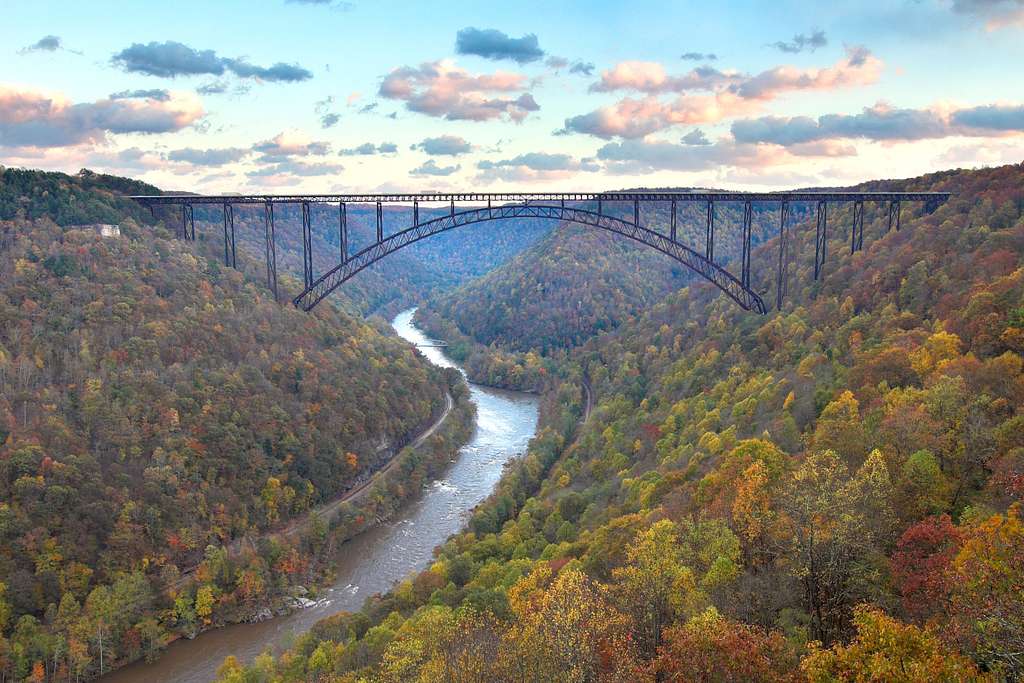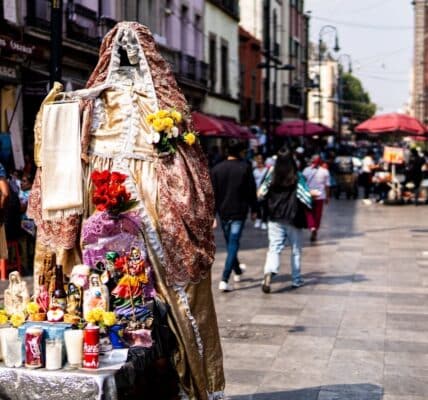Addiction in Appalachia

Let’s start with the basics: Is Appalachia any more prone to addiction than anywhere else in America? The answer is absolutely yes.
Take a look at the opioid overdose death map shown in Figure 1. This shows the per capita number of opioid overdose deaths. There’s a pit of darkness there in the southern Appalachian Mountains: southern West Virginia, eastern Kentucky, and southern Ohio.
Figure 1: Opioid overdose death map, per capita, courtesy of All Opiates Detox.
Compare this with Figure 2, showing the county poverty rate in the U.S. from 2013-2017. There’s a lot of overlap, especially in the area of southern Appalachia.
Figure 2: Percentage of the U.S. population living in poverty, by county, from 2013-2017. Image courtesy of U.S. Census Bureau.
There is an obvious correlation between rates of poverty and rates of drug overdose, so poverty is one part of the puzzle of addiction, but not the whole story. The lands bordering the lower Mississippi River are lined with poverty, yet are relatively low on the overdose scale. There’s not a one-to-one correlation between poverty and substance use disorders. Let’s examine some other factors.
In an interview with the recently defunded National Public Radio (NPR), author Barbara Kingsolver spoke with Scott Tong, host of NPR’s Here & Now Anytime podcast, about poverty and addiction in Appalachia. Kingsolver grew up in eastern Kentucky and currently lives in the southwest tail of Virginia in Washington County. Kingsolver won the 2023 Pulitzer Prize in fiction for her book, Demon Copperhead, set in Appalachia.
Demon Copperhead is the nickname of the main character in the book. The plot is closely modeled after Charles Dickens’ masterpiece, David Copperfield. Kingsolver said one inspiration she got from Dickens was to “let a child tell the story.” Demon grows up in an environment full of poverty and substance abuse and struggles to find a way out.
In the interview with NPR, Kingsolver blames the way the Appalachians were colonized for causing the poverty. The region was used for timber extraction, then coal extraction, then tobacco growing. The timber, tobacco, and coal companies did not want competition for workers and kept out industries such as textiles and furniture-making that would have offered a path to higher wages. They did not invest in education because they did not need an educated workforce.
Figure 3 shows a map of the least educated counties in the U.S. Let’s look at how it compares with the maps for poverty and overdose deaths.
Figure 3: Low education counties in 2015.
There’s that same deep pocket of blue in the southern Appalachians, indicating a correlation between poverty, low education, and substance use disorder. Kingsolver says the coal companies used and abused the people of the region, intentionally keeping them as poor and uneducated as possible before abandoning them altogether.
“[Addiction] happens to people because of other terrible things in their lives.” — Barbara Kingsolver
Demon Copperhead forces us to look at this mess and the struggle to get out of it. In a region with very few doctors, physicians practiced “prescription pad doctoring,” Kingsolver tells NPR. Pharmaceutical companies realized the profit potential in pain medication, paid for largely by Medicaid, and intentionally fostered a feeding frenzy of addiction in America’s heartland. They targeted places with lots of pain, work injuries, and disability claims.
In an interview with Ezra Klein for The New York Times, Kingsolver says, “I wanted to write about these kids who’ve been damaged and this place that’s been damaged.” You have a region victimized with poverty, dosed with opioids, and children who have to fight their way out of that.
“I’ve heard anything from 15 percent to 35 percent of kids in some of these counties who are being raised by someone other than their parents because their parents are addicted or incarcerated or dead.” — Barbara Kingsolver
Kingsolver says that we expect our schools to raise these orphan kids, to feed them, to nurse them, and to educate them. We rely on rural county health departments to manage the mental health needs of children and adults. Yet these are exactly the programs being targeted for reductions under the One Big, Beautiful Bill.
Barbara Kingsolver is funding a residential addiction treatment facility with proceeds from the sale of Demon Copperhead. The addiction is unlikely to abate in Appalachia until poverty is reduced and children receive stable parenting, better schooling, and more opportunities to pursue their dreams.
Written by Steve O’Keefe. First published July 28, 2025.
Sources:
“Interactive Drug Overdose Map,” All Opiates Detox, retrieved May 28, 2025.
“Barbara Kingsolver on the history of addiction and poverty in Appalachia,” NPR Here & Now Anytime podcast, July 11, 2025.
“Transcript: Ezra Klein Interviews Barbara Kingsolver,” The New York Times, July 11, 2023.
Image Copyright: itoldya420, used under Creative Commons license.




